10 Vibrant Plants That Shine Around Your Pool
Surrounding your pool with the right plants can transform your outdoor space into a peaceful oasis. From colorful flowers to tall shrubs, there are plenty of plants that thrive near pools. These plants can add beauty, provide shade, and even create privacy for your pool area. With the proper care, these plants will flourish in the warm, sunny environment. Consider incorporating greenery that will complement your pool design and enhance the overall atmosphere.
This post may contain affiliate links, which helps keep this content free. Please read our disclosure for more info.
Palm Trees
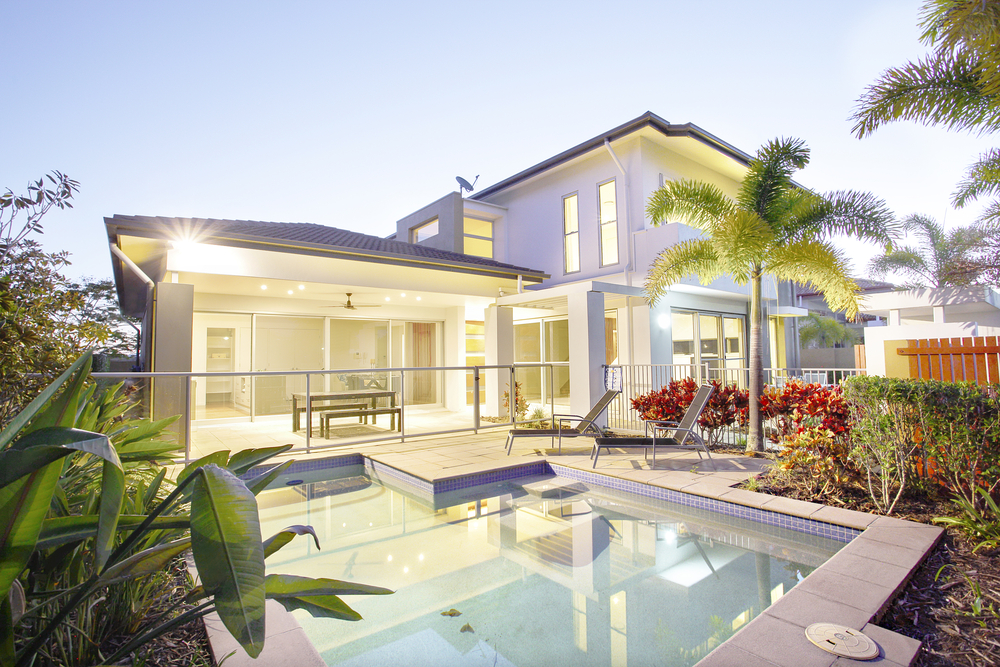
Palm trees are a classic choice for poolside landscaping due to their tropical appearance. They do not require much space, especially dwarf varieties that are perfect for small yards. Palm trees prefer full sun and well-drained soil, making them ideal for pool areas. Regular watering is necessary, especially during hot months, but avoid overwatering to prevent root rot.
These trees offer plenty of shade and create a relaxing atmosphere around the pool. The fronds add a touch of elegance to any poolside, and they can grow to varying heights depending on the variety. Palm trees are low-maintenance once established and can thrive in warm climates. They can be used as focal points or to line the edges of the pool for a tropical vibe.
Bougainvillea
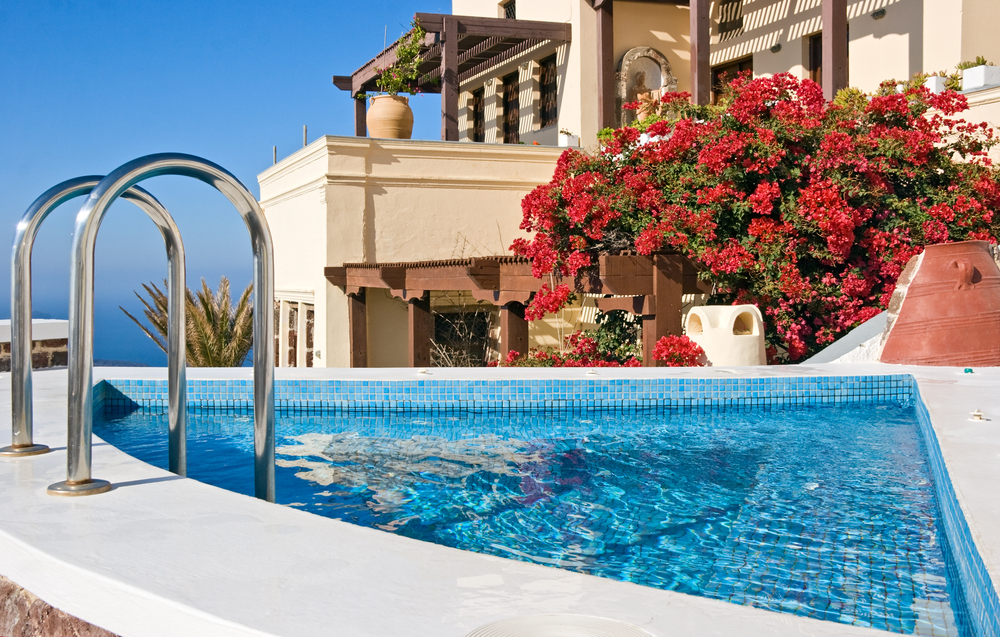
Bougainvillea is a colorful, flowering plant that thrives in sunny environments, making it perfect for poolside areas. These plants do not need much space, as they can be grown as compact bushes or trained to climb along fences. Bougainvillea requires minimal water once established, but it should be pruned regularly to keep its shape. It is important to ensure it has good drainage and is not overwatered.
Bougainvillea’s vibrant flowers add a pop of color around the pool, making it an attractive option for creating a lively outdoor space. It does best in hot, sunny climates and prefers slightly dry conditions. This plant is hardy and can tolerate heat, making it perfect for sunny pool areas. A little trimming will keep it in check and prevent it from becoming too unruly.
Lavender
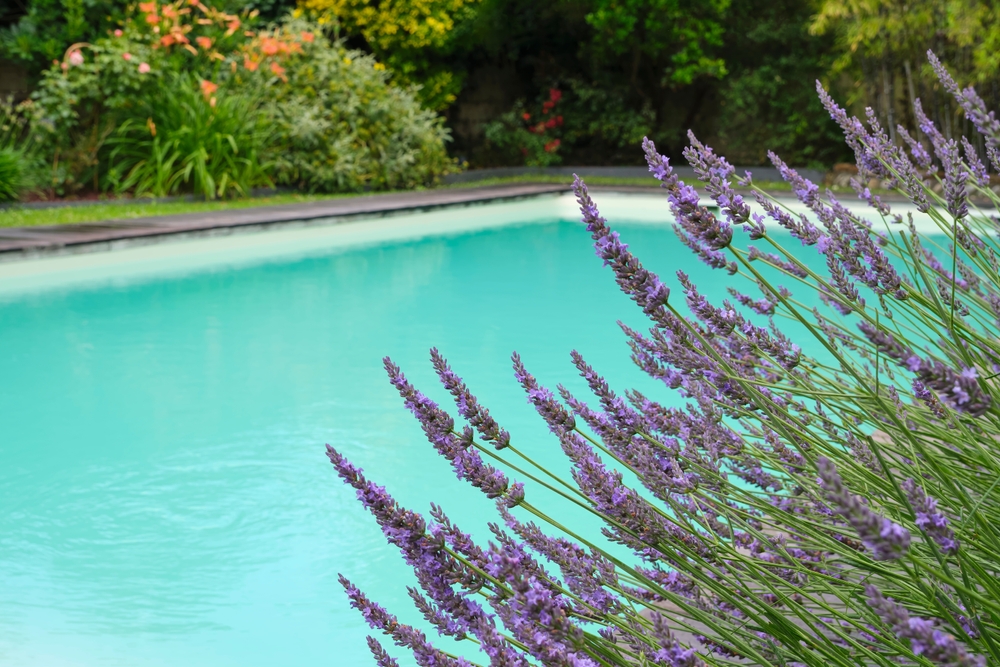
Lavender is a fragrant herb that not only adds beauty to your poolside but also provides a calming scent. It does not require much space and can be grown in small pots or directly in the ground around the pool. Lavender prefers well-drained soil and plenty of sunlight, making it ideal for poolside gardens. It is drought-tolerant once established, making it a low-maintenance option for around the pool.
This plant helps create a relaxing atmosphere with its aromatic flowers and is known for attracting pollinators like bees and butterflies. Lavender is a hardy plant that can withstand hot and dry conditions, making it perfect for poolside environments. It needs minimal watering, especially once it is fully established. Pruning is recommended to keep it compact and prevent it from getting too leggy.
Agave
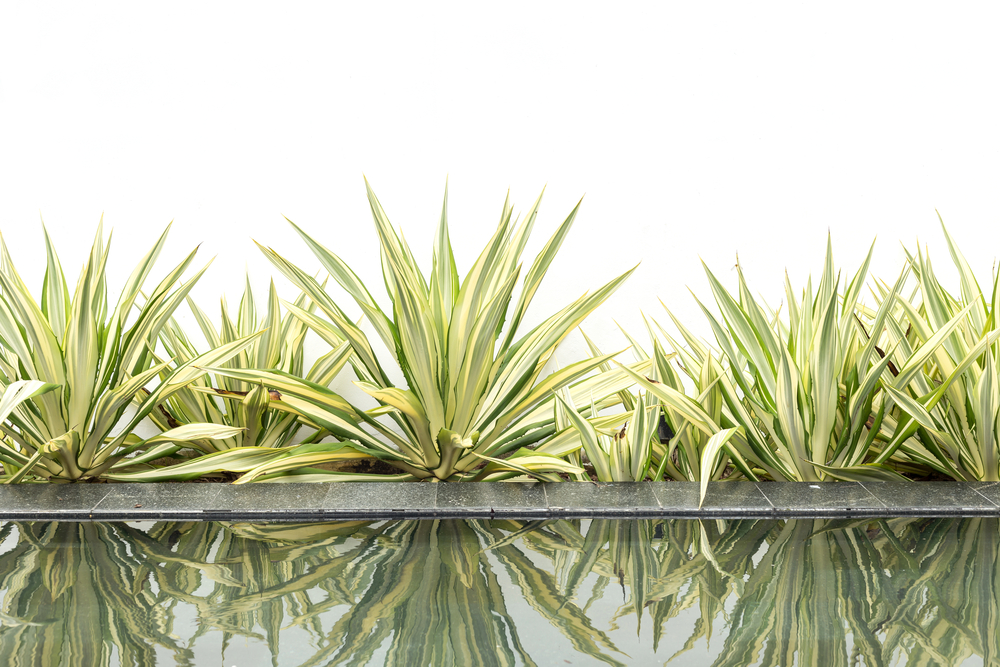
Agave is a unique succulent that thrives in hot, sunny environments, making it an excellent choice for poolside landscaping. It does not require a lot of space and can be grown in smaller pots or directly in the ground. Agave prefers well-drained, sandy soil and should be watered sparingly to avoid root rot. It is important to avoid overwatering, as agave plants are drought-tolerant once established.
This striking plant adds an interesting architectural element around the pool with its bold, spiky leaves. Agave can tolerate high heat and dry conditions, making it a great option for pool areas that receive plenty of sun. It requires little care aside from occasional trimming to remove dead or damaged leaves. The plant’s sculptural form adds a modern touch to any poolside.
Bird of Paradise

The Bird of Paradise is a stunning tropical plant that can make a dramatic statement around your pool. It requires moderate space to grow, as it can become quite large, but it thrives in sunny locations. This plant needs regular watering, but its soil should be allowed to dry out between waterings. It also benefits from occasional fertilization during the growing season to encourage vibrant blooms.
With its large, glossy leaves and unique flowers resembling a bird in flight, Bird of Paradise adds an exotic flair to your pool area. It enjoys a warm climate and can tolerate some drought once established. It does best in well-draining soil and can be grown in pots or directly in the ground. Regular pruning will keep the plant tidy and encourage new growth.
Hibiscus
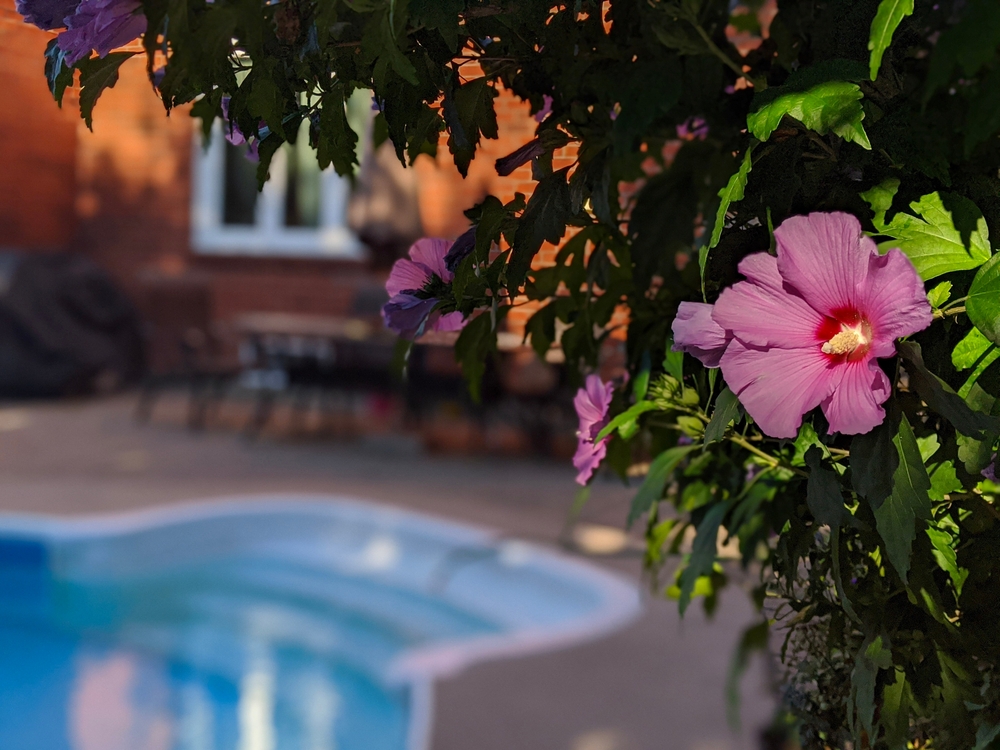
Hibiscus plants are vibrant, flowering shrubs that thrive in the sunny spots around your pool. They need a moderate amount of space to grow, so they are best planted in the ground or large containers. Hibiscus plants require regular watering to keep the soil moist, but they also prefer well-drained soil to prevent root rot. These plants are relatively low-maintenance and bloom profusely in the summer months.
Hibiscus adds a tropical and colorful touch to your poolside with its large, showy flowers. It thrives in full sun and benefits from occasional feeding with a balanced fertilizer. While hibiscus can tolerate some drought, they perform best when watered consistently during the growing season. Pruning dead flowers and stems will help keep the plant looking neat and encourage more blooms.
Japanese Maple
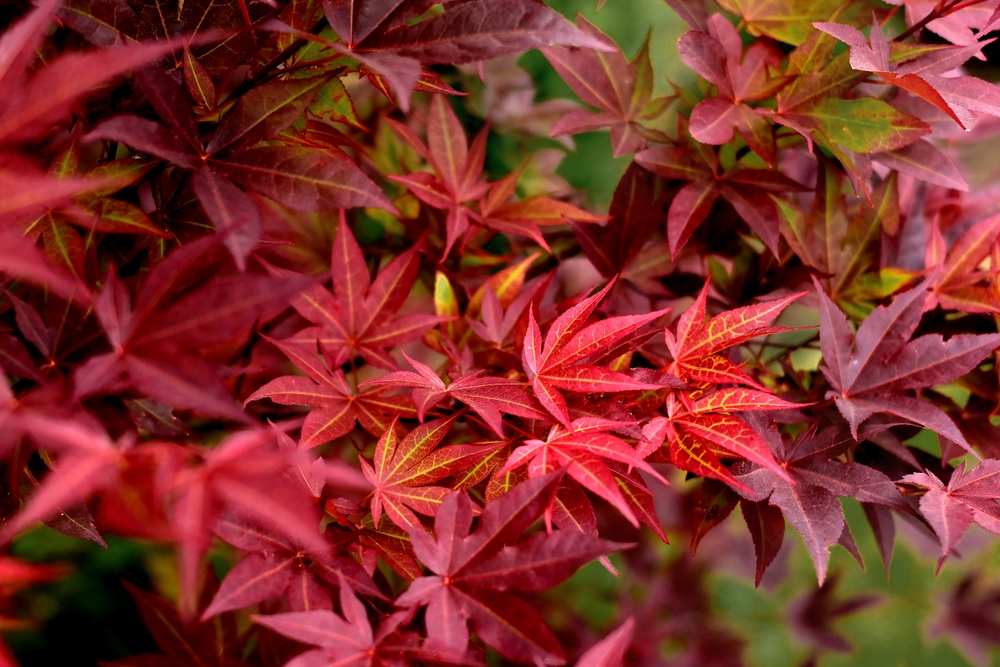
Japanese Maple trees are an excellent choice for adding elegant structure around the pool. These trees need a moderate amount of space, as they can grow up to 10 feet tall, making them suitable for larger pool areas. They thrive in partial shade, so they can provide relief from the sun during the hotter hours of the day. Japanese Maples should be watered regularly, but care should be taken to avoid waterlogging.
The delicate leaves of Japanese Maples turn vibrant colors in the fall, adding visual interest to the poolside. They are slow-growing and do well in well-drained, slightly acidic soil. These trees can be grown in pots or planted directly in the ground around the pool area. Pruning is recommended to maintain their shape and size.
Creeping Jenny

Creeping Jenny is a low-growing, ground-cover plant that is perfect for adding a lush, green feel around the pool. It requires little space, making it ideal for poolside edges or between pavers. Creeping Jenny thrives in moist, well-drained soil and does best with partial shade, although it can tolerate full sun. It should be watered regularly, especially during dry spells, to maintain its vibrant green color.
This plant adds a soft, carpet-like look to the pool area and can even spread to fill gaps in the landscape. Creeping Jenny grows quickly and is easy to maintain, making it a great choice for low-maintenance gardeners. Its bright green foliage provides a fresh contrast to other plants and pool features. Occasional trimming will keep it from becoming too invasive.
Oleander
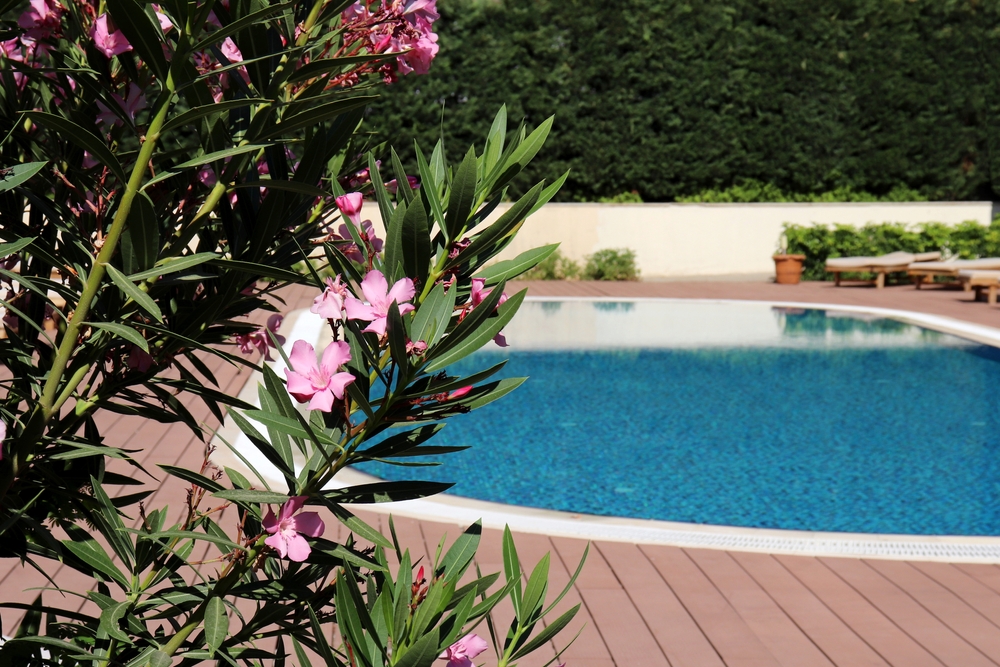
Oleander is a hardy shrub that adds beauty and privacy around the pool with its colorful flowers. It requires moderate space and should be planted in the ground or large containers to allow for growth. Oleanders thrive in full sun and can tolerate drought conditions once established. It is important to water regularly, especially during the summer, but avoid letting the plant sit in soggy soil.
The flowers of Oleander come in various colors, from pink to red to white, adding a striking touch to your pool area. It is a low-maintenance plant that can tolerate heat and can grow as a small tree or a bush. Oleanders should be pruned regularly to remove spent flowers and encourage more blooms. However, be cautious, as all parts of this plant are toxic if ingested.
Jasmine
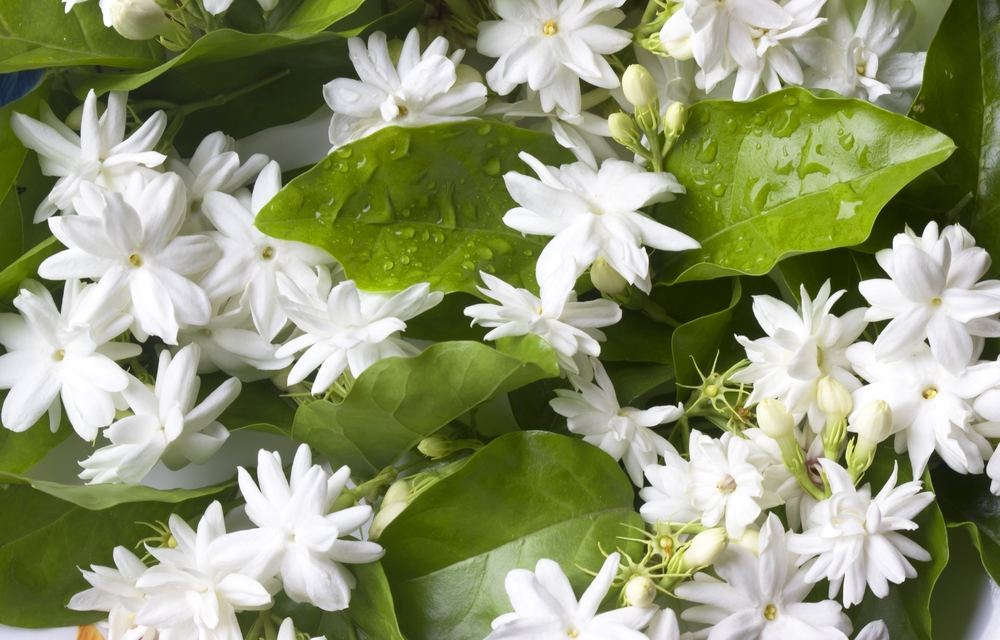
Jasmine is a fragrant, flowering vine that can be trained to climb trellises or fences around the pool. It requires some space to grow, as it can spread out over several feet. Jasmine plants thrive in full sun and prefer well-drained, slightly acidic soil. Regular watering is essential, especially during hot months, to keep the plant blooming.
The sweet fragrance of Jasmine flowers creates a relaxing atmosphere around the pool. It can be grown in pots or directly in the ground and can be pruned to maintain its shape and size. Jasmine can bloom multiple times a year with proper care and provides a beautiful, aromatic backdrop for your pool area. Its climbing nature allows it to add vertical interest to your poolside landscaping.
A well-planted pool area can elevate your outdoor living space and provide a relaxing atmosphere. From tropical trees to fragrant flowers, each plant offers unique benefits. Take the time to choose the right plants and watch your pool area flourish throughout the year.
This article originally appeared on Avocadu.
